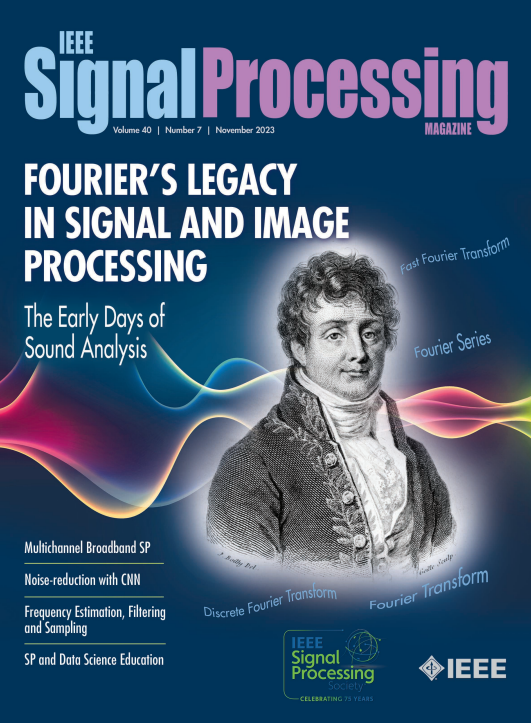The EXPERIENCE Project: Automatic virtualization of “extended personal reality” through biomedical signal processing and explainable artificial intelligence [Applications Corner]
IF 9.4
1区 工程技术
Q1 ENGINEERING, ELECTRICAL & ELECTRONIC
引用次数: 0
Abstract
The transformation of communication media has revolutionized social interactions, incorporating audio and video into our lives. Despite the recent availability of virtual reality (VR) technology, its widespread adoption faces obstacles. Technological challenges in creating VR environments and scientific confounding concerning interindividual variability in responses to virtual simulations are key factors hindering its broader integration. The EXPERIENCE project makes real the complex interplay among multisensory perception, emotional responses, and extended social interactions by allowing the public-at-large to create their own VR environments automatically through portable devices (e.g., smartphones/tablets) without the need for technical skills. The VR environment augmented by an individual’s physiological responses, psychological and cognitive descriptors, and behavioral outcomes defines the individual’s subjective experience, namely, an individual’s extended personal reality (EPR). The virtualization of a person’s EPR provides a holistic and quantitative environment that can be shared with others to transfer personalized psychological and emotional responses. Additionally, EPR assessment enables subsequent manipulation of the VR through explainable artificial intelligence (AI) routines merging multisensory biofeedback, individualized perception of time-space, and neuromodulation. This technology can be exploited in a plethora of innovative scenarios, including mental healthcare, gaming, e-learning, and neuroeconomics, also leading to the creation of a new market for sharing and selling (virtual)体验项目:通过生物医学信号处理和可解释人工智能实现 "扩展个人现实 "的自动虚拟化 [应用园地]
通信媒体的变革彻底改变了社交互动,将音频和视频融入了我们的生活。尽管最近虚拟现实(VR)技术已经问世,但其广泛应用仍面临障碍。创建 VR 环境所面临的技术挑战,以及对虚拟仿真反应的个体差异的科学混淆,都是阻碍其广泛应用的关键因素。EXPERIENCE 项目通过让广大公众通过便携式设备(如智能手机/平板电脑)自动创建自己的 VR 环境,使多感官感知、情绪反应和扩展的社会互动之间复杂的相互作用成为现实,而无需技术技能。由个人生理反应、心理和认知描述以及行为结果增强的 VR 环境定义了个人的主观体验,即个人的扩展个人现实(EPR)。个人 EPR 的虚拟化提供了一个整体的量化环境,可与他人共享,以传递个性化的心理和情感反应。此外,EPR 评估可通过可解释的人工智能(AI)程序对虚拟现实进行后续操作,这些程序融合了多感官生物反馈、个性化时空感知和神经调节。这项技术可以在心理保健、游戏、电子学习和神经经济学等大量创新方案中加以利用,还能创造一个分享和销售(虚拟)体验的新市场。
本文章由计算机程序翻译,如有差异,请以英文原文为准。
求助全文
约1分钟内获得全文
求助全文
来源期刊

IEEE Signal Processing Magazine
工程技术-工程:电子与电气
CiteScore
27.20
自引率
0.70%
发文量
123
审稿时长
6-12 weeks
期刊介绍:
EEE Signal Processing Magazine is a publication that focuses on signal processing research and applications. It publishes tutorial-style articles, columns, and forums that cover a wide range of topics related to signal processing. The magazine aims to provide the research, educational, and professional communities with the latest technical developments, issues, and events in the field. It serves as the main communication platform for the society, addressing important matters that concern all members.
 求助内容:
求助内容: 应助结果提醒方式:
应助结果提醒方式:


